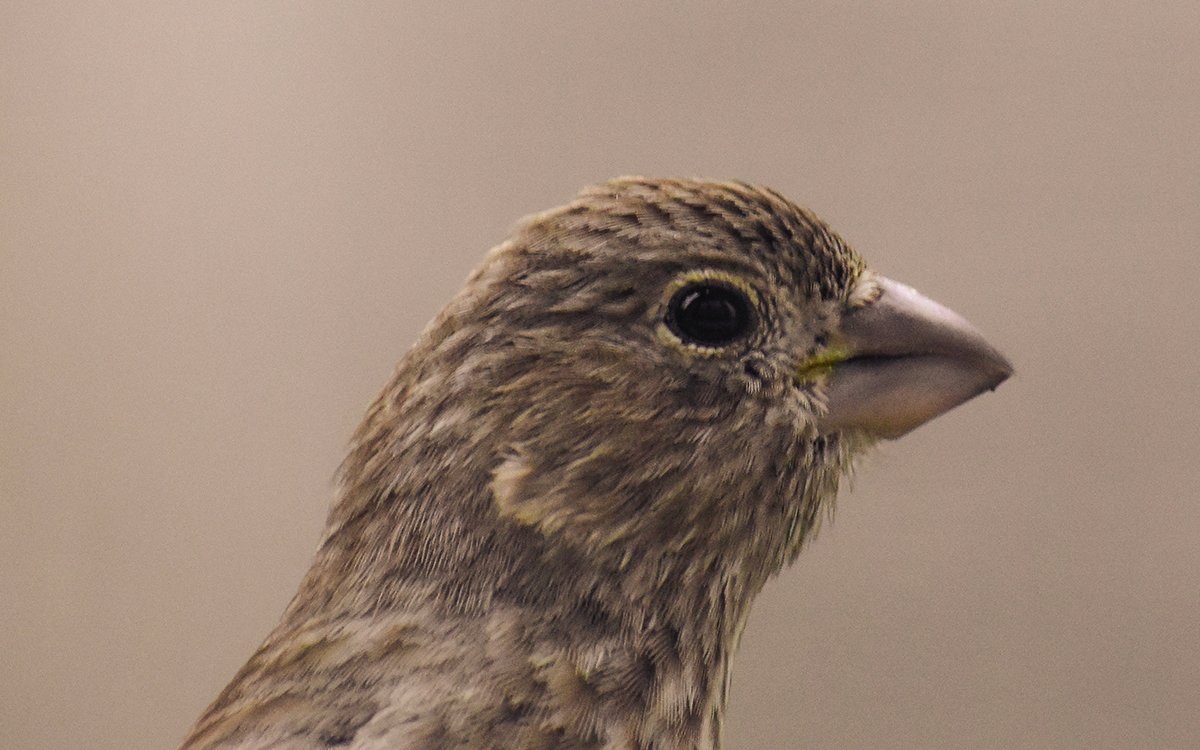
Melissa Breyer does difficult work. She’s the editorial director for Treehugger, but Breyer also volunteers as a songbird monitor. This means she may be found some early mornings collecting the bodies of birds—and the injured survivors—that crashed overnight into New York City buildings along the birds’ migratory pathways.
One morning in 2021, as NPR reported, there were over 200 such causalities in downtown New York City. All the birds had struck the tall office buildings of the World Trade Center.
“When you have 226 dead window-struck migratory birds from one morning, it’s hard to get them all in one photo,” Breyer wrote on social media, asking followers, “Please do something.”
The National Audubon Society and other environmental groups have been asking people to do something for years, a simple action that still bears repeating: turn off your lights.
“One explanation for the higher mortality among birds wintering in the U.S. may be the number of hazards they face.”
This fall marks 24 years of the Lights Out program, a national initiative from the National Audubon Society. Lights Out started in Chicago in 1999 and was based on the Canadian nonprofit Fatal Light Awareness Program (FLAP). The messaging from these programs is straightforward and consistent: extinguish your lights in the fall. Birds, increasingly threatened by climate change, depend on darkness.
Fatal Detours
Each autumn, more than four billion birds travel through the skies from Canada to the United States as part of their annual migration. As the Cornell Lab of Ornithology reported, “At the same time, another 4.7 billion birds leave the U.S. over the southern border, heading to the tropics.” A 2018 report from the Cornell Lab had a sobering finding: only 64 percent of birds wintering in the United States survive the season, to return to migrate in the spring.
The New York Times estimates that between 365 million to one billion birds die every year by striking glass.
“Birds wintering in the tropics survive the winter better than birds wintering in the U.S.,” according to one of the lead researchers on the study, which posits: “One explanation for the higher mortality among birds wintering in the U.S. may be the number of hazards they face.”
Those hazards include buildings and lights. Most birds migrate during the night hours, using the moon and stars to navigate. Passing over and through cities, birds can become disoriented by artificial lights. They can fly off course or crash into windows.
Sign up for our free newsletters
Subscribe to NPQ's newsletters to have our top stories delivered directly to your inbox.
By signing up, you agree to our privacy policy and terms of use, and to receive messages from NPQ and our partners.
Songbirds are naturally attracted to light sources, which can lead them to collide with reflective surfaces like lit windows. Windows and glass doors can also reflect the surrounding environment, presenting as a clear path through the night sky. Birds, already exhausted from their long journeys, can fail to register illuminated surfaces as obstacles and instead sail into them.
Many of these collisions prove fatal. The New York Times estimates that between 365 million to one billion birds die every year by striking glass or other reflective surfaces. During one week alone in 2017, almost 400 migrating birds were killed after becoming disoriented by the floodlights on a single Texas skyscraper. Hundreds of birds also die every week in the lights of the 9/11 Memorial in New York. In October of 2020, more than a thousand birds died after flying into Philadelphia’s illuminated buildings.
Philadelphia has joined with dozens of cities, including large urban centers like Chicago, Dallas, and Detroit, in the Lights Out program, committing to going dark or at least dimming their skylines during peak migratory months. Some cities, like New York, have passed or are in the process of passing legislation to help birds, requiring city-owned buildings to extinguish lights.
Individuals can assist by turning off their porch and outside lights during the fall migration in September and October, and again when birds return in the spring months, usually March and April. The Lights Out program recommends using motion sensors whenever possible, turning off interior lights on high floors, and “down-shielding” outside lights to prevent horizontal glare on reflective building surfaces.
Friendly Design for Threatened Species
On a larger scale, companies are beginning to realize the urgency of bird-friendly design. That design includes cutting down on glass-fronted buildings, patterning glass or making windows opaque or fritted, and using screens or netting to soften bird impacts. There are also gels and coatings that can be used to cover windows and glass surfaces to make them less reflective.
“Bird-friendly design elements are now often considered an integral part of sustainable design.”
These changes are not only good for birds, they’re good for the environment in general. As NYC Audubon writes, “The glass facades of modern office buildings are not only dangerous to birds; they can also dramatically increase energy consumption for heating and cooling. As a result, bird-friendly design elements are now often considered an integral part of sustainable design.”
Protecting birds is also a piece of the broader context of climate justice. Birds crash into buildings in part because of habitat destruction; cities have been built in their flight paths and birds are traveling terrain made unfamiliar with new buildings constantly sprouting up. And migratory songbirds are quite literally one of the canaries in the coalmine when it comes to climate change, their declining numbers are signs of the destruction caused by our warming, increasingly extreme climate.
Today there are 30 percent fewer birds than in 1970, according to Cornell. Some migratory species, like the Wood Thrush, are some of the most at risk.
A recent photo on volunteer Melissa Breyer’s social media shows her holding one species, Blackburnian warblers, which were killed by New York skyscrapers. There were too many birds to fit in her two hands. “And peak migration is not even close,” she wrote. “Enough is enough.”













